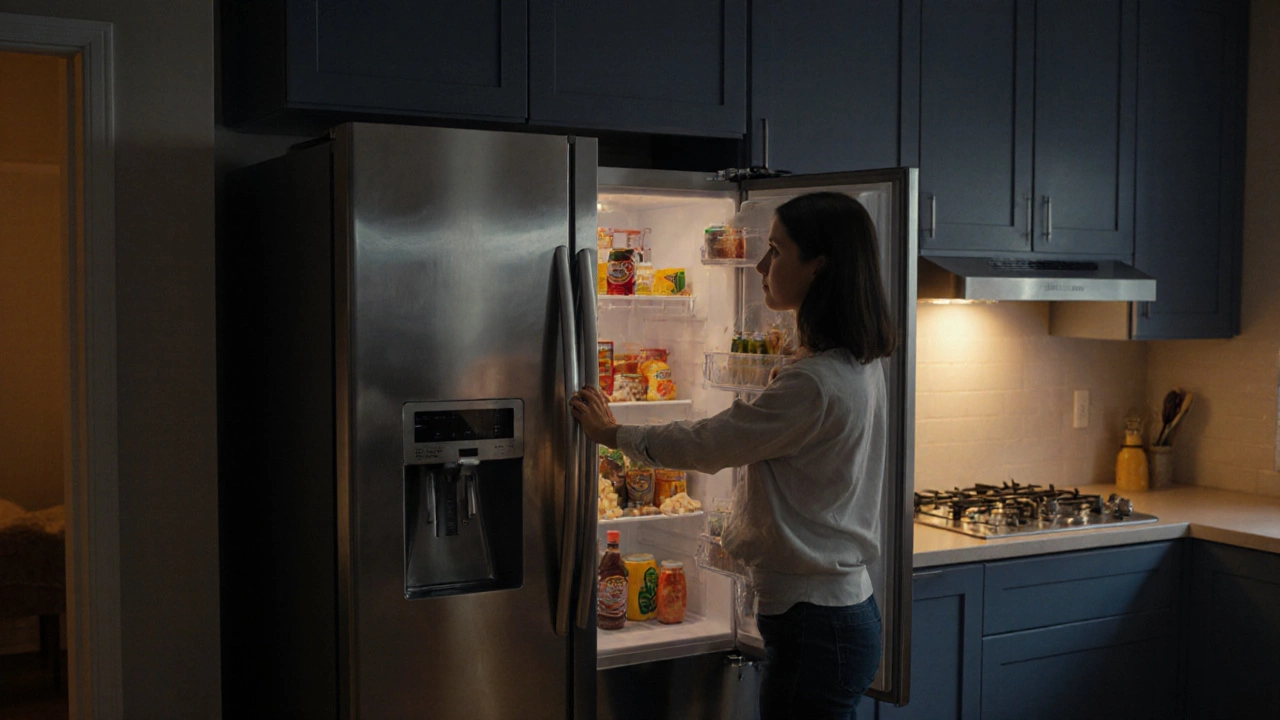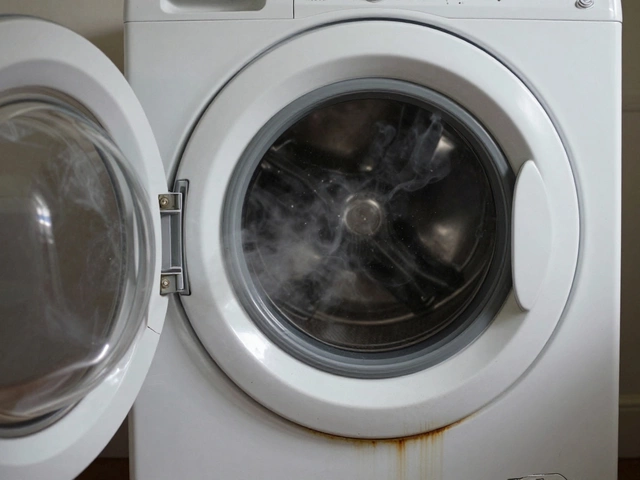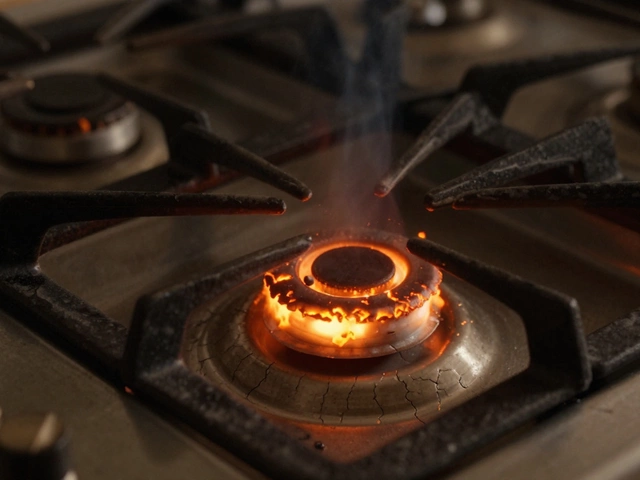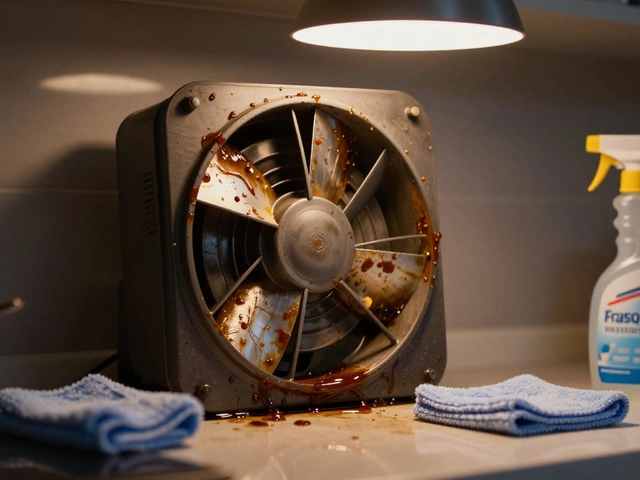Fridge Not Cooling? Quick Fixes and Pro Tips
If your fridge is warm and your food is spoiling, you’re probably thinking “why isn’t it cooling?” You don’t have to panic – most cooling issues have a simple cause that you can check yourself. In this guide we’ll walk through the most common reasons a fridge stops cooling, give you step‑by‑step DIY checks, and tell you exactly when it’s time to ring a professional.
Common Reasons Your Fridge Stops Cooling
First, let’s look at the usual suspects. A fridge is basically a sealed box with a few key parts: a compressor, condenser coils, evaporator fan, thermostat, and the door seals. If any of these get dirty, broken, or blocked, the temperature will rise.
- Dirty condenser coils. Coils sit on the back or underneath the fridge. Dust, pet hair, and kitchen grease act like a blanket, stopping heat from leaving the system.
- Faulty evaporator fan. This fan circulates cold air inside. When it stops, the cool air can’t reach the freezer or fridge compartments.
- Bad door gasket. A cracked or warped seal lets warm air in, forcing the compressor to work harder and eventually shut down.
- Thermostat or temperature sensor issues. If the sensor reads the wrong temperature, the fridge might think it’s already cold enough and stop cooling.
- Overloading or poor placement. Stacking too many items or putting the fridge in a hot spot (like next to an oven) reduces airflow and makes the unit overheat.
Knowing these helps you pick the right fix without tearing the whole appliance apart.
DIY Steps to Get Your Fridge Working Again
Before you call a tech, try these quick checks. Each step takes under ten minutes and needs only basic tools.
- Unplug and clean the coils. Pull the fridge away from the wall, locate the coils, and brush away dust with a vacuum brush attachment. A clean coil can improve cooling by up to 30%.
- Check the door seal. Close the door on a dollar bill. If it slides out easily, the gasket is worn and needs replacing.
- Listen for the evaporator fan. Open the freezer and press the door switch. You should hear a low hum. No sound? The fan motor might be dead and should be swapped.
- Reset the thermostat. Some models have a reset button inside the fridge compartment. Press it, set the temperature to the recommended 37°F (3°C) for the fridge and 0°F (‑18°C) for the freezer.
- Give it space. Make sure there’s at least an inch of clearance around the unit. Move it away from heat sources and avoid over‑packing shelves.
If after these steps the fridge is still warm, the problem is likely deeper – a bad compressor, refrigerant leak, or electronic control board. Those issues need a qualified technician.
At Weymouth Appliance Repair Services we’ve seen all of the above. Our team can diagnose the exact fault, order the right part, and have your fridge back to a steady chill in no time. We pride ourselves on quick response, transparent pricing, and extending the life of your appliances.
So, next time your fridge isn’t cooling, start with the simple fixes. If they don’t work, don’t waste time guessing – give us a call and let the pros handle it. Your food (and peace of mind) will thank you.
What Usually Fails in a Fridge? Common Breakdowns and How to Spot Them
- Alden Wilder
- Dec 22 2025
- 0 Comments
Most fridge failures are simple and cheap to fix. Learn the top 6 reasons your fridge isn't cooling-door seals, coils, fans, thermostats, defrost systems, and compressors-and how to fix them yourself.
View MoreFirst Check When Your Refrigerator Stops Working: Power Supply Guide
- Alden Wilder
- Oct 15 2025
- 0 Comments
Learn the single most important step to take when your fridge stops working-checking the power-plus a full troubleshooting checklist for DIY repair.
View MoreFridge Repair: What Is the Most Common Refrigerator Fix?
- Alden Wilder
- Apr 30 2025
- 0 Comments
Ever wondered what usually goes wrong with home refrigerators? This article covers the most common fridge repair, why it happens, and what you can do about it. You'll find practical tips, quick checks, and advice to avoid unnecessary breakdowns. Learn how simple fixes can save you money—and when it's time to call in a pro. Stop letting your groceries (and sanity) slip away from a busted fridge.
View More




